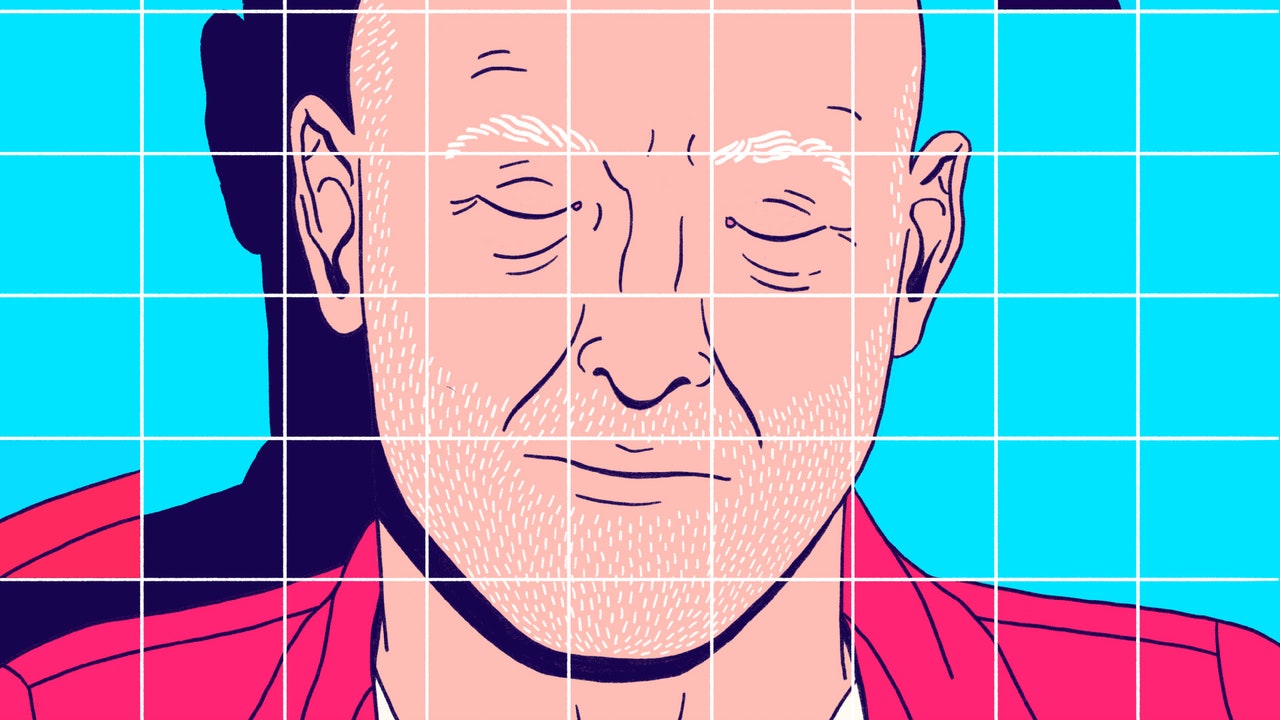It appears that about every ten years (give or take a few) a photobook manages to capture the imagination of large numbers of photographers, resulting in an unavoidable flurry to emulate if not imitate. Alec Soth’s Sleeping by the Mississippi provided this “gold standard” of photobooks until Christian Patterson’s Redheaded Peckerwood came around (pardon the hyperbole, you can use the term “marker” instead).
I have the feeling that despite the explosion of photographers traveling the land with their view cameras and lists, Mississippi was a boon for educators, since a whole generation of students had to learn how to work precisely and carefully with those large cameras. With Peckerwood, I already notice students throwing all caution overboard, aiming for hundreds of different image sizes all over the page, with different styles of pictures thrown in for good measure.
Ironically, while in the past I found myself wanting photographers to be less conservative, my task now is to tell photographers to be more conservative, since lots of different sizes and styles produces a hot mess unless it’s done very, very well.
Mississippi and Peckerwood have (so far) seen their third edition each, a feat that is rare for the vast majority of all photobooks. As a consequence, copies of the books are easy to come by, and they are affordable. Actually, I wrote this before looking Mississippi up – I guess it’s not true any longer. Regardless, in both cases, the artists decided to change the second and third editions. In Soth’s case, the books ended up having different covers.
In Patterson’s case, other changes were made. The second edition featured an expanded booklet (the essays in the book come in a separate booklet). In addition, the printing itself was changed, to often result in somewhat more contrasty images (this is also true for the cover). The third edition introduced more changes, to the booklet (again) as well as the main book itself, plus there’s a reproduction postcard that comes with the package. For the third edition, Patterson added images to the main book, leaving the teacher in me wondering which version I’ll now show my students when talking about the book.
Conceptually, an evolving book is interesting for a variety of reasons, and it is equally problematic I think. If I compare my first and third edition, what does the presence of new images tell me as far as the “story” is concerned? The addition of new images does change the story, and even if it is ever so slightly.
I don’t want to pretend I even have a clue what this all means, because I am equally attracted to the idea of the evolving photobook as I am opposed to it. For a start, the evolving photobook would not work for every book. In the past, I’ve considered the kinds of expanded re-issues that are so common of classic photobooks like the expanded re-issues of jazz albums – you listen to the “cutting-room floor” stuff, and you realize why it was left out in the first place. But a book like Redheaded Peckerwood does not operate like, say, Stephen Shore’s Uncommon Places, so the jazz analogy doesn’t apply (lest the “gotcha” crowd thinks they got something here: I actually like the recent edition of Shore’s book, I’m going to stay shtum about re-releases I don’t like).
There clearly is an opportunity for photographers to think about this issue here, especially in light of some photobooks selling out quickly. Cristina De Middel’s widely lauded Afronauts is sold out, which is more than just unfortunate given it still is being talked about so widely. Collectors be damned, this just screams for a second edition! (And I’m not talking about an app for the iPhone/iPad) The business/collecting angle aside, the main question is whether re-issues or second editions should be changed/modified or not, what might be gained from doing that. In other words, to what extent can photobooks be if not living entities then at least evolving entities?
The changes in the editions of Redheaded Peckerwood are small enough to argue for either static or evolving photobooks. As I noted I haven’t made up my mind, even though I have started to lean in one direction, and I might talk about that at some other time.


